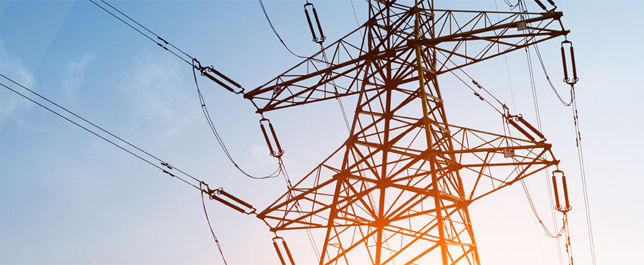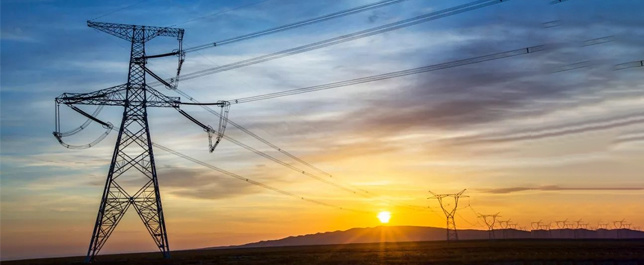News Center
Explore new technological breakthroughs and industry developments in our news.
Performance of Electric Needle Insulators
Category: Company News
2020-04-15
① Electrical performance: The destructive discharge that occurs along the insulation surface is called flashover, and flashover characteristics are the main electrical performance of insulators. For different voltage levels, the withstand voltage requirements for insulators vary, including power frequency dry and wet withstand voltage, lightning impulse withstand voltage, lightning impulse cutoff withstand voltage, and operational impulse withstand voltage. To avoid breakdown during operation, the breakdown voltage of insulators is higher than the flashover voltage. In the factory test, ceramic insulators that can be broken down are generally subjected to spark testing, which involves applying high voltage to cause frequent sparks on the insulation surface and maintaining them for a certain period of time to see if they have been broken down. Some insulators also need to undergo corona tests, radio interference tests, partial discharge tests, and dielectric loss tests. Insulators in high-altitude areas experience a decrease in electrical strength due to a decrease in air density. Therefore, their withstand voltage should be correspondingly increased when converted to standard atmospheric conditions. The flashover voltage of polluted insulators when exposed to moisture is significantly lower than their dry and wet flashover voltages. Therefore, in polluted areas, insulation should be strengthened or pollution resistant insulators should be used, with a higher creepage distance (the ratio of creepage distance to rated voltage) than the normal type. Compared with AC insulators, DC insulators have poorer electric field distribution, adsorption of pollutants and electrolysis, lower flashover voltage, and generally require special structural design and larger creepage distance.
② Mechanical performance: Insulators are often subjected to the effects of gravity and tension of the conductor, wind force, icing weight, self weight of the insulator, conductor vibration, equipment operation mechanical force, short-circuit electric force, earthquake, and other mechanical forces during operation. There are strict requirements for mechanical performance in the relevant standards.
③ Thermal performance: Outdoor insulators require the ability to withstand sudden temperature changes. For example, porcelain insulators require several cycles of cold and heat without cracking. Due to the current passing through the insulation sleeve, the temperature rise and allowable short-time current value of its components and insulation parts must comply with the relevant standards.
Related information
2020-04-15
2020-04-15
2020-04-15
SAF Coolest v1.2 设置面板 BBRSX-ZJJQ-TDSQE-XAD
无数据提示
Sorry,There is currently no content in the current column!
You can view other columns or return to!






 赣公网安备36032302000062号
赣公网安备36032302000062号